The fleotribo dell’olivo (Phloeotribus scarabaeoides) is a polyphagous insect of the order of Beetlesfamily of Bark beetles. It is also known by the name of weevil of the olive tree or woodworm of the olive tree and it is widespread wherever this plant is grown, especially in the regions bordering the Mediterranean.
It causes damage of a certain amount, especially on the wood of already weakened trees. For this reason it must be kept under control, through the application of suitable agronomic practices.
In this article we describe this parasitic insect and see what damage it causes and how to prevent it.
Description of the fleotribo
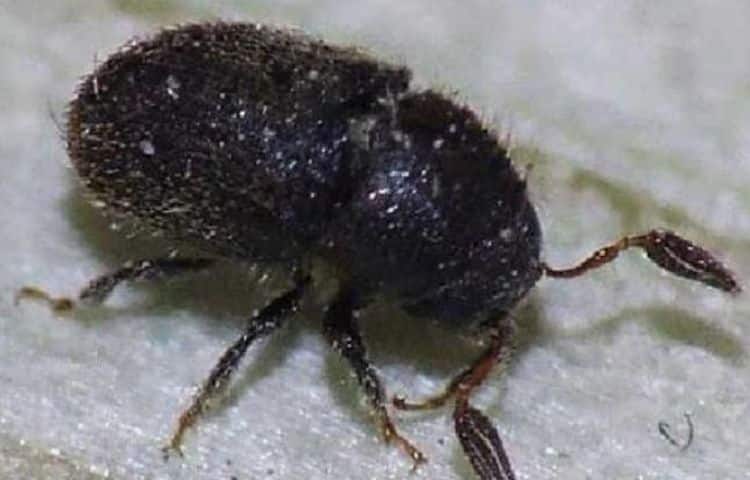
- The fleotribo of the olive tree appears at the adult stage as a small dark-colored, almost black beetle, about 2 mm long.
- The wings (elytra) are reddish brown
- It has a blackish down on the back
- The eggs are very small, yellowish-white in color
- At the larva stage it is whitish and apodic, arched in shape, up to 3.5 mm long (this phase goes through 5 stages of development)
- At the nymph and pre-nymph stage the color is very clear and the length is 2.5 mm.
The damage of the fleotribo on the olive tree
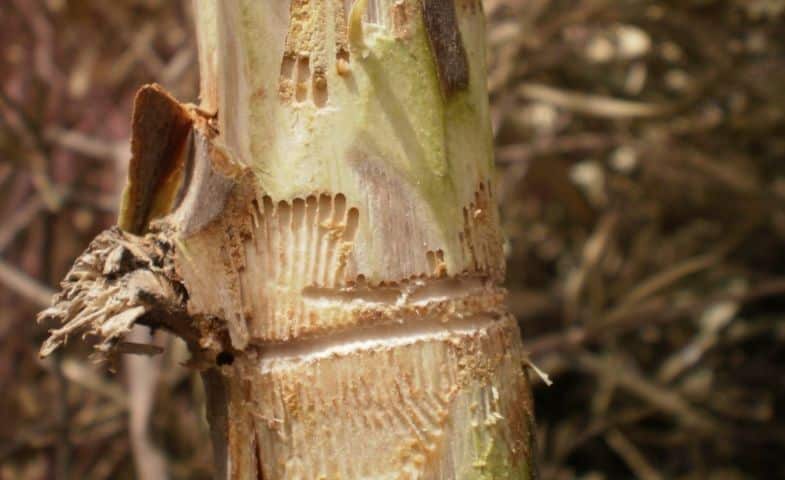
Most of the damage caused to the olive tree they are performed by the adult fleotribo. The insect shows xylophagous habits, that is, it feeds on wood. Dig tunnels at the intersection of the branches, inside which it feeds.
The consequence is a stunted development of the attached branches, which will produce fewer drupes, which will dry up over time.
It is a parasite that mainly attacks plant wood that has already been damaged or wasted. For example, the branches that are too old, the branches attacked by wood cancers, the branches that have suffered severe frosts. Its presence contributes to its deterioration.
However, the olive weevil can also attack younger plants in a good vegetative state. For example, if a healthy plant is found near a hotbed on wasted plants it can be at risk.
If the infestation is severe, the branch or the entire branch can dry out, thus compromising the olive harvest.
The fleotribo can also cause indirect damage. The point of attack, in fact, can be the entry of the bacterium that causes the serious disease of the olive tree mange.
The biological cycle of the fleotribo
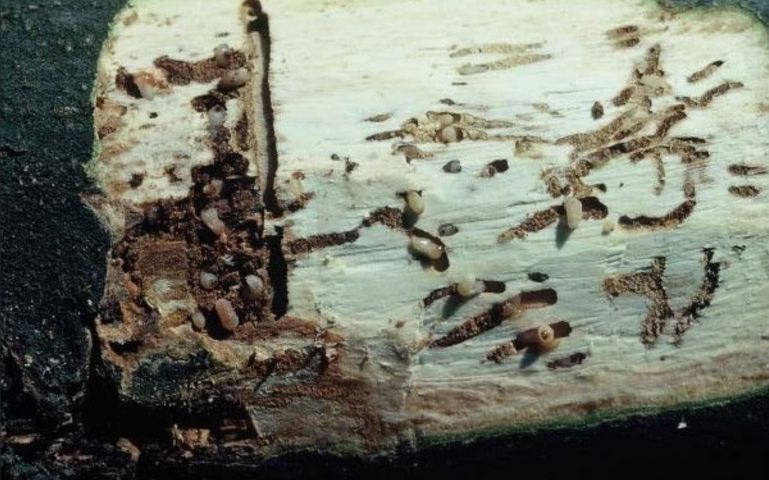
The olive tree fletoribo usually overwinters at the adult stage in the tunnels previously dug on the branches. More rarely, it overwinters as a larva.
In spring the activity resumes and, in particular, the mating, digging a gallery under the bark of the tree in which it reproduces. The same gallery is then extended for oviposition.
A female of fleotribo can lay up to 120 eggsfrom which the larvae emerge, also greedy for wood.
The larva digs a tunnel perpendicular to that of the mother, thus increasing the damage to the wood.
After about 1 month and a half, the transformation into an adult insect takes place, which comes out piercing the bark. At this moment the insect leaves its gallery in search of new ramifications to attack.
The first flicker of adults, that is the first generation, occurs between the end of May and the beginning of June.
Second and third generation
The reproductive mechanism just described can also occur on dead wood, for example pruning waste left on the ground. In this case, the larvae do not cause any kind of damage. The new adults cause damage by migrating to healthy plants.
In total, the olive woodworm completes 3 generations a year. Sometimes 4 generations, in favorable and mild years.
The adults of the second generation, born in late spring, in addition to feeding on the wood of the branches, can attack the base of the inflorescences, which dries up easily.
The third generation adult, at the beginning of autumn, sometimes also attacks the ripening drupes, which dry up and fall prematurely.
Remedies against the phleotribus
It is important to defend olive trees from phleotribus attacks, given the repercussions described above. In fact, although it is not a very harmful parasite, as can be, for example, the oil flymust be kept under control to avoid serious erosions on the branches.
The antagonistic insects
Fortunately, there are some in nature beneficial insects which are effective antagonists of the olive weevil. These are:
- the chalcidoid hymenoptera (Cheiropachy colòn)
- the braconid (Dendroster protuberans)
- the beetle (Thanasinus formicarius)
The first two live and feed at the expense of the fleotribo larvae. The third is an excellent predator and feeds on both eggs and larvae as well as adults.
Monitoring and sampling
If the control by the antagonistic insects is not sufficient, it will be necessary to intervene with adequate agronomic contrasting practices.
It is therefore necessary to start with adequate monitoring of the presence of the insect.
This is done by checking 5 groups of 4 neighboring plants and observing the number of nutrition galleries on 10 twigs per plant.
It is important to recognize empty galleries and those with the presence of wintering adults.
In case of high presence, it will be necessary to intervene with agronomic prevention techniques and the use of bait branches.
Agronomic prevention
As mentioned, the olive fleotribo prefers to settle on already weakened or even dead wood. Therefore the correct pruning of the olive treewhich usually occurs at the end of winter, before the resumption of the trophic activity of the parasite.
Attached branches will be removed and then burned.
To avoid future attacks it will also be necessary to cut the exhausted branches and / or the branches that are too weak.
An advance of the pruning period can also be a useful stratagem.
The branches come out
Another agronomic technique applied in areas ad high presence of fleotribo is that of the use of the bait branches.
In short, the pruning residues are used to attract the insect to lay its eggs in a given point. Once the insect falls into the trap, the bait branch will have to be removed from the olive grove and burned according to the regulations in force.

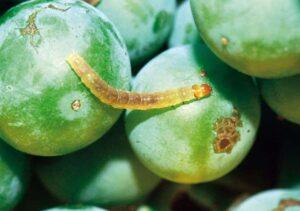
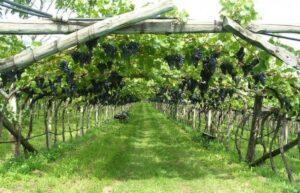
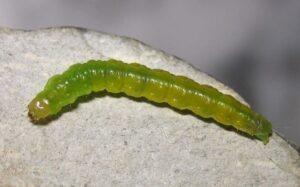
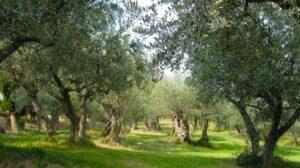
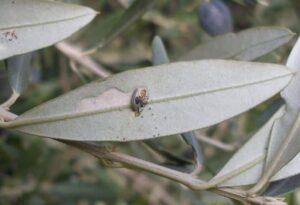
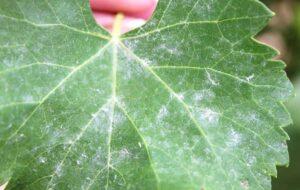
Start a new Thread